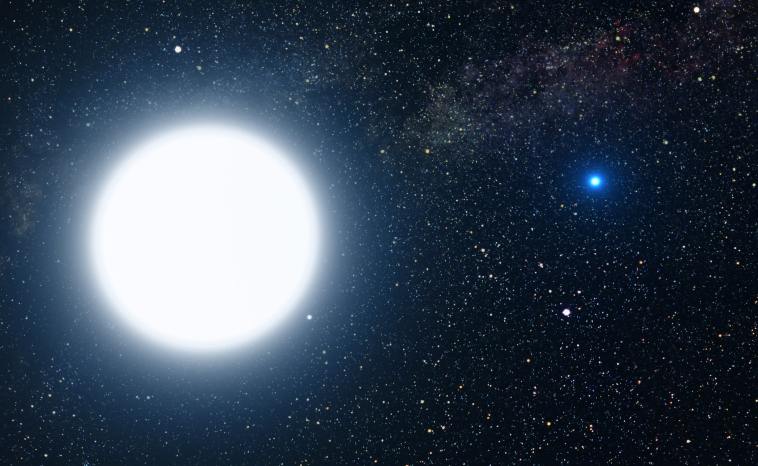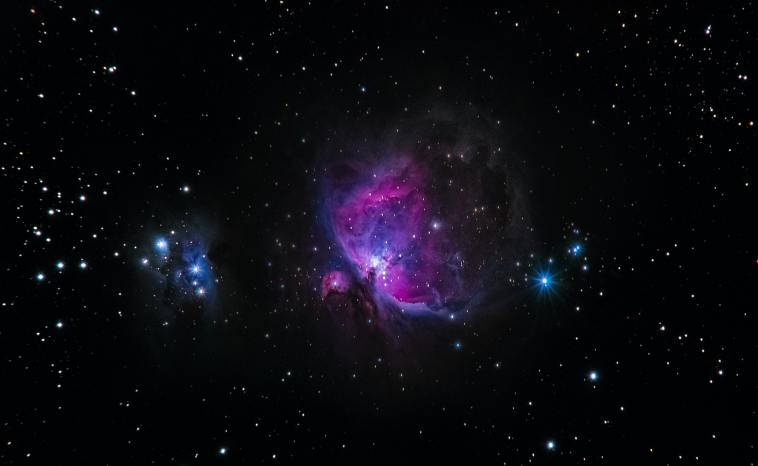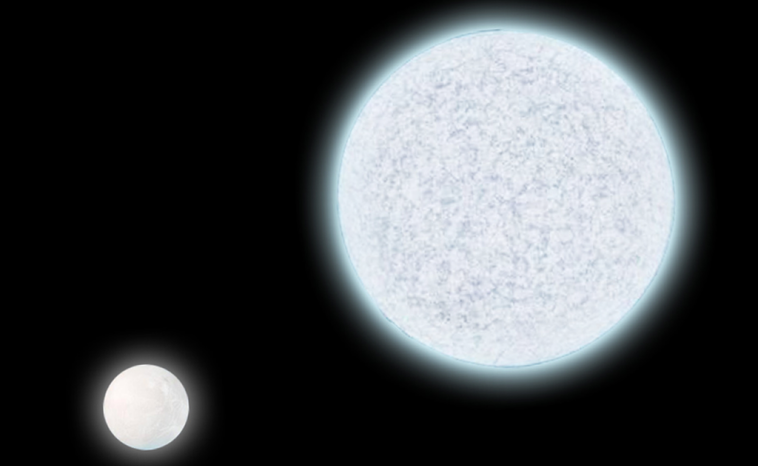What Are Binary Star Systems?

In this article, we’ll embark on a thrilling cosmic voyage to unravel the enigmatic secrets of binary star systems.
In the vast expanse of the ever-expanding universe, binary star systems emerge as fascinating cosmic duos, captivating astronomers and stargazers alike with their intricate dynamics and mysterious allure. Join us as we explore their awe-inspiring formation processes, delve into the fascinating mechanisms that govern their workings, and uncover the profound insights they offer into the vast cosmos surrounding us!
What Is a Binary Star System?

Credit: NASA, ESA, and G. Bacon (STScI)
A binary star system is a cosmic pairing where two stars orbit each other, bound together by the power of their gravitational pull. However, these aren’t rare exceptions to the rule; they’re more common than you might think! In fact, recent astronomical studies suggest that most of the stars in the Milky Way galaxy are binary or even part of multiple-star systems.
This fascinating phenomenon of stellar companionship occurs when a dense molecular cloud in the galaxy collapses under its own gravity and splits into two or more fragments, each of which eventually condenses to form a star. The resulting pair of stars then orbit around their common centre of mass, performing an eternal cosmic ballet that is nothing short of awe-inspiring.
Binary systems have been crucial in determining the mass of stars, a fundamental property in astrophysics. Moreover, they can create conditions for extraordinary events such as supernova explosions, the formation of neutron stars, and even black holes.
The Intricacies of Binary Star Systems
Now that we understand binary star systems, let’s delve deeper into the fascinating mechanisms governing their existence. These systems can exhibit a myriad of diverse configurations, each with its own captivating characteristics.
Close binaries, for instance, consist of stars in remarkably close proximity to each other. This intimate interaction between the stars creates a mesmerising spectacle that’s a testament to the forces of gravitational attraction at play.
On the other hand, wide binaries feature stars that are separated by vast cosmic distances. These celestial companions may appear distant, yet their gravitational connection reminds us of the universe’s interconnectedness.
Finally, multiple star systems truly push the boundaries of cosmic complexity, boasting more than just two stars. These intricate systems can consist of three, four, or even more stars, each contributing to the interplay of gravitational forces and stellar dynamics.
How Do Binary Star Systems Form?

The formation of binary star systems is a fascinating and intricate process that can occur through different mechanisms. One such mechanism involves the fragmentation of a massive molecular cloud caused by the gravitational forces acting upon it. As this cloud collapses under its own gravity, it undergoes fragmentation, giving rise to multiple fragments that eventually evolve into binary systems.
Another intriguing possibility is the capture of a passing star. When two stars come in close proximity, their gravitational attraction can become strong enough to capture one another. This results in the formation of a binary system.
Famous Binary and Multiple Star Systems

Credit: Pablo Carlos Budassi, CC BY-SA 4.0, via Wikimedia Commons
Among the most notable binary and multiple star systems are Sirius, Algol, and Proxima Centauri. Sirius, often referred to as the “Dog Star”, is the brightest star in our night sky and is actually a binary system. It consists of Sirius A, a white main-sequence star, and Sirius B, a faint white dwarf.
Algol, also known as the “Demon Star”, is another prominent system. Named for its peculiar brightness fluctuations, it comprises three stars — Algol A, Algol B, and Algol C, with the primary star, Algol A, being eclipsed by the larger but dimmer Algol B every 2.87 days.
Lastly, Proxima Centauri, the closest star to our solar system, is part of a triple star system with Alpha Centauri A and B. These fascinating binary and multiple star systems, shining brightly in the depths of space, continue to captivate scientists and stargazers alike, shedding valuable insight into the workings of our vast universe.
Unveiling the Secrets of the Universe
The study of binary star systems holds immense significance for astronomers, providing invaluable insights into the universe’s workings. By meticulously observing and analysing orbital characteristics, precise mass ratios, and subtle luminosity variations within these systems, astronomers can gather vital data about stellar evolution, the distribution of mass throughout galaxies, and the mysterious nature of dark matter that permeates the cosmos.
Furthermore, binary systems are ideal laboratories for testing and refining theories related to stellar dynamics and gravitational interactions. With every new detail uncovered in the study of binary star systems, our understanding of the vast and intricate tapestry of the universe expands, revealing the awe-inspiring complexity and beauty that lies within.
OSR Gift Card

Binary star systems are crucial to unravelling the universe’s intricacies. Their study has allowed us to glimpse the profound processes of stellar evolution, the distribution of mass in galaxies, and the elusive nature of dark matter. Our continued exploration of these systems is a testament to human curiosity and our relentless pursuit of knowledge. As we unveil more about these celestial partnerships, we draw closer to understanding our place within this vast universe and, perhaps, even our destiny within it. Every discovery and every observation brings us one step closer to deciphering the cosmic enigma, affirming our resolve to reach for the stars and beyond.
Ready to embark on a personal journey across the cosmos? For those who’ve been captivated by the intricacies of binary stars, or anyone who simply relishes the beauty of our infinite universe, we have the perfect gift. The OSR Gift Card allows you to name your own star in the vast celestial expanse, making it a unique present for yourself or a loved one. Step into the realm of the stars and etch your name in the cosmos right here. There’s no gift more personal, more enduring, or more enchanting!

